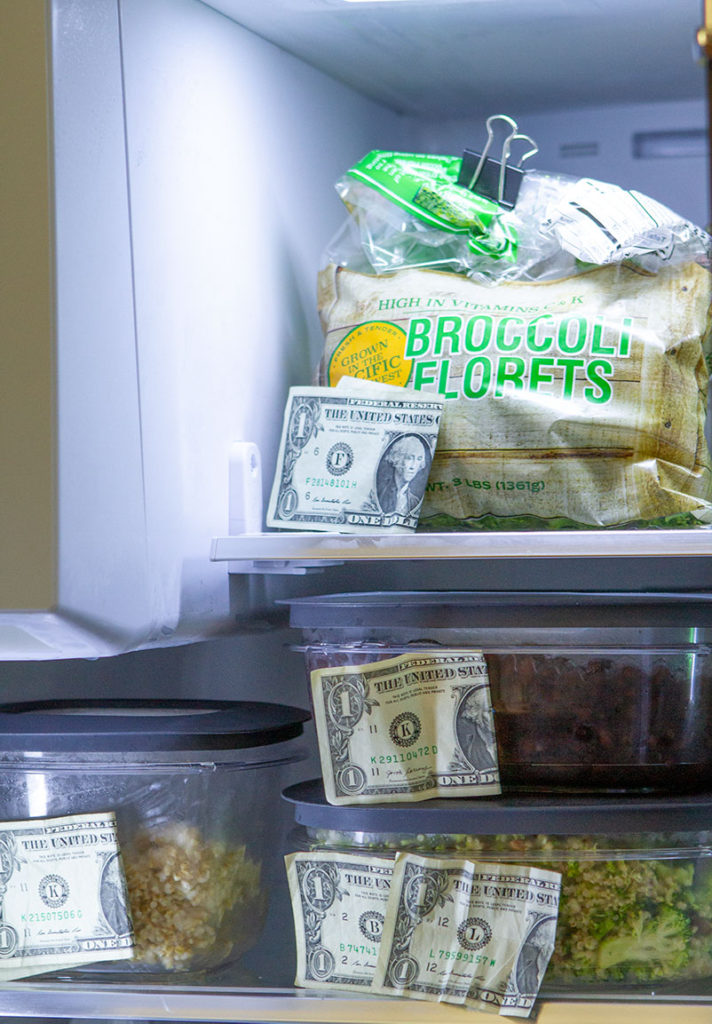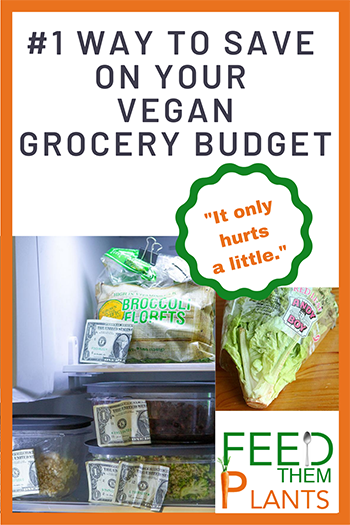
You’re not going to like it. I’ve got lots of tricks up my sleeve to keep our grocery budget trim, but this one is going to hurt a little.
The very best way to save money on vegan groceries is….
Waste less food.
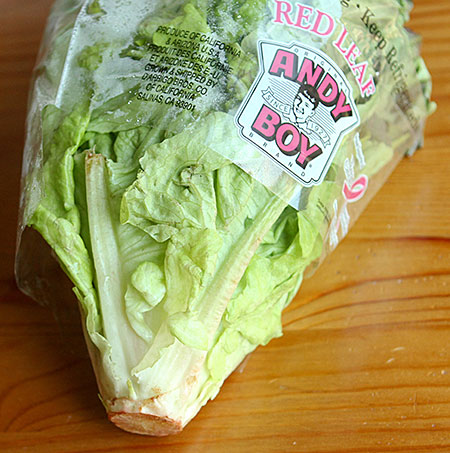
See? No one likes to acknowledge the wilty lettuce that got shoved to the back of the fridge or the questionable cooked brown rice that overstayed its welcome, and we certainly don’t want to think that we paid money for them!
Of course we don’t buy things intending not to eat them, yet a recent study estimates the average American household as wasting around 30% of the edible part of food they buy. That percentage is statistically higher when the household is eating a “healthier” diet. Ouch.
When you eat a whole food plant-based diet, that often means a lot of produce.
Lovely, vibrant, fresh and crisp produce. At least, it is that way when you bring it home! Give it a few days, especially when you store it improperly, and that produce is not looking as lovely. It may even be giving you some guilt trips whenever you open the fridge.
Not wasting food is easier said than done, but here are 5 simple, actionable ways to reduce the food you waste, and hence cut your grocery budget. Every bit of food you throw away is like tossing money in the trash, so it’s worth upping our game a bit.
#1 Store Your Produce More Carefully
This deserves a whole blog post on its own, but suffice it to say that many people are halving the life span of their produce just by not taking care when they get back from the market. Here are some quick tips:
- Pop your fridge produce right in there as soon as you get back. Any time spent at room temperature will take a toll on your most fragile food (leafy greens!)
- Cilantro will last a week if you take a minute to unbunch it and toss all the slimy parts as soon as you bring it back from the store. You can leave it in the produce bag as long as it’s not wet in there, or store it in a tupperware.
Here’s 7 days left in a bunch (wilty and has slimy and yellow bits, though still salvageable):
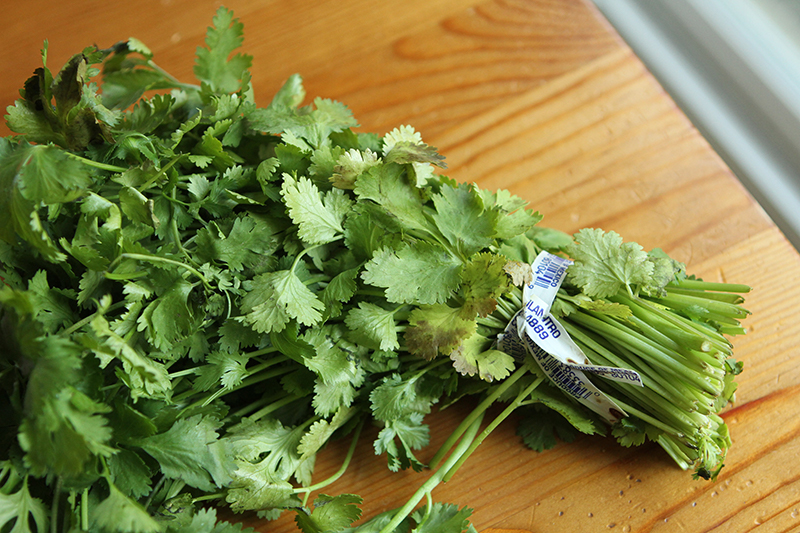
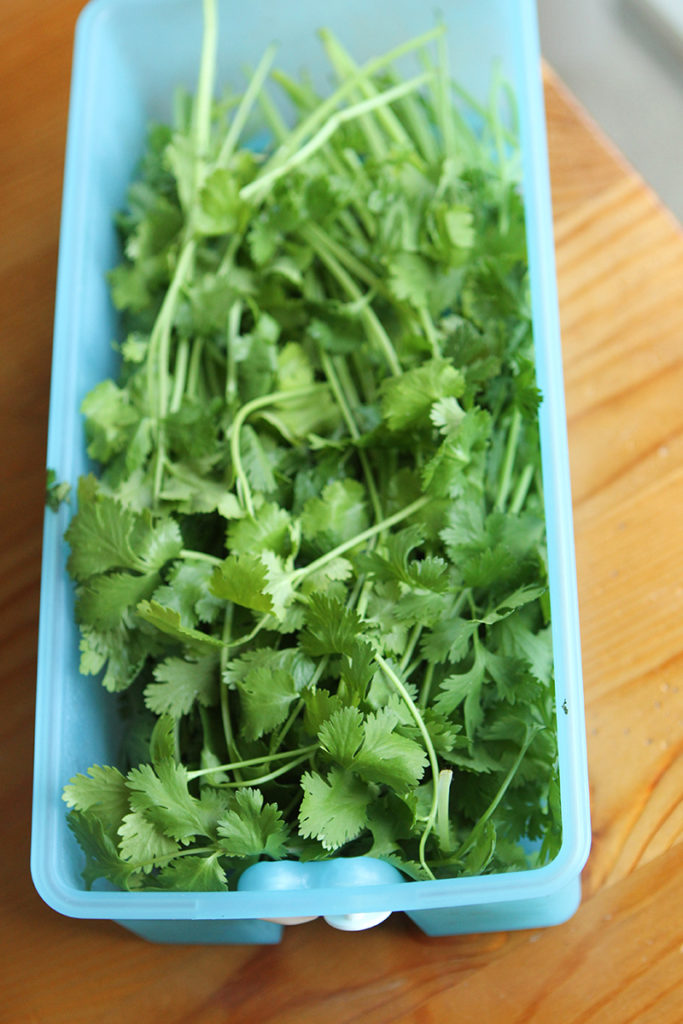
This bunch was bought at the same time but stored properly and it looks better after a week than when I brought it back from the store!
3. Apples go in the fridge. They’ll stay crisper much longer.
4. Bell peppers stay in their plastic produce bag, but make sure it’s not wet in there!
After a week sitting on a fridge shelf:
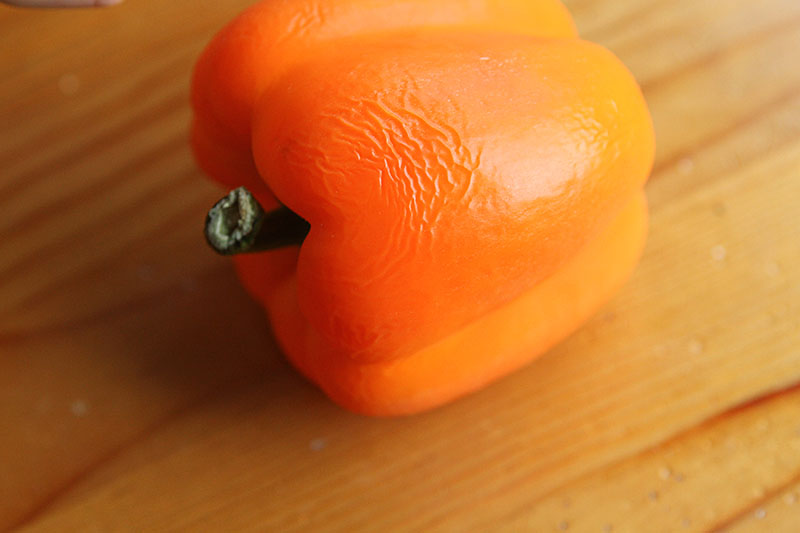
If instead, you make use of the humble produce bag:
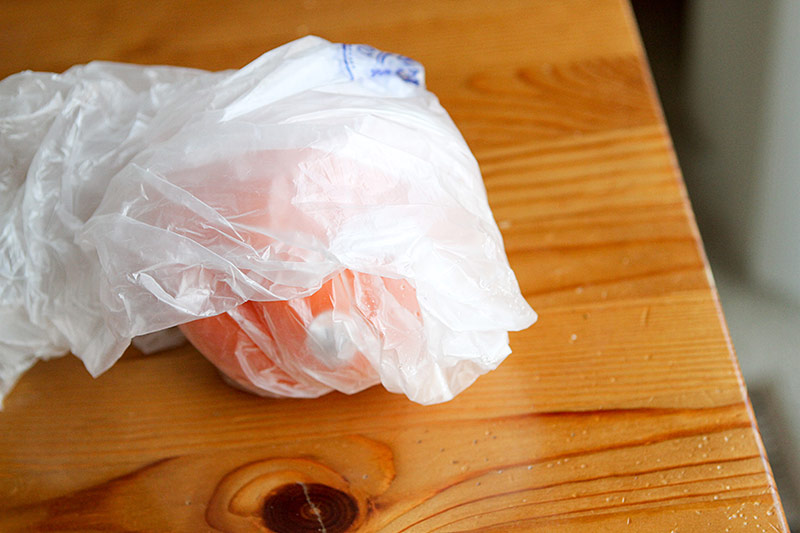
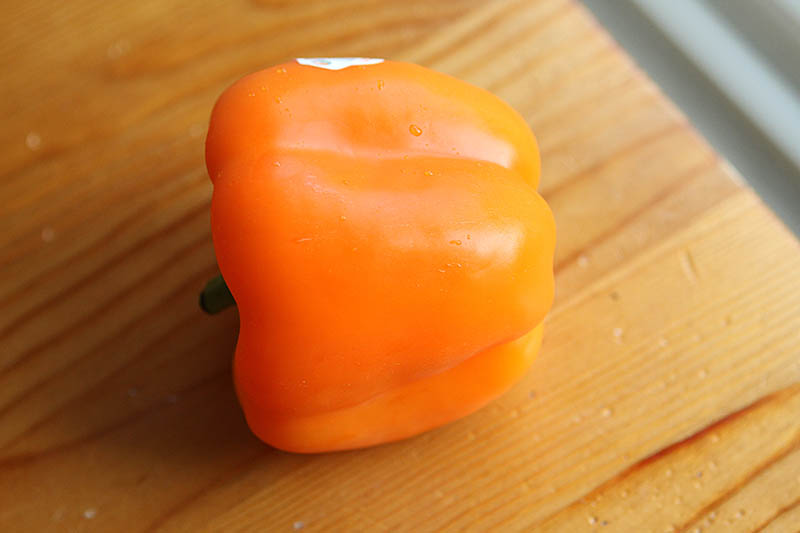
5. Green onions that are starting to look a little peaky can easily be put in a glass of water by a kitchen window and start growing again. (Remove any dodgy bits first.)
6. Limp celery? Droopy (but not brown) lettuce? Put it in cold water and watch the magic happen. They’ll re-hydrate and be right as rain.
7. Perfectly ripe avocados will only last a few minutes on your counter (am I right?) but in the fridge they’ll stay perfect for a week or two.
#2 Store your leftovers better
Does this poem resonate at all?
Deep in Our Refrigerator
Deep in our refrigerator,
there’s a special place
for food that’s been around awhile…
we keep it, just in case.
‘It’s probably too old to eat,’
my mother likes to say.
‘But I don’t think it’s old enough
for me to throw away.’
by Jack Prelutsky
Get Decent Storage Containers
I used to have a tupperware shelf that was full of mismatched, oddly shaped and often opaque containers. I invested $50 in nice, uniform, clear rectangular containers that nest, stack, and allow me to easily grab them and see what I’ve got stored in them. It has made such a difference! I don’t dread packing up leftovers anymore, my fridge is neater, the dinner I made two days ago looks appealing and obvious on the shelf, and everyone wins.
The brand I bought is now pricier, but they’ve worked beautifully for us. This is a similar set by the same brand that gets rave reviews (affiliate link):
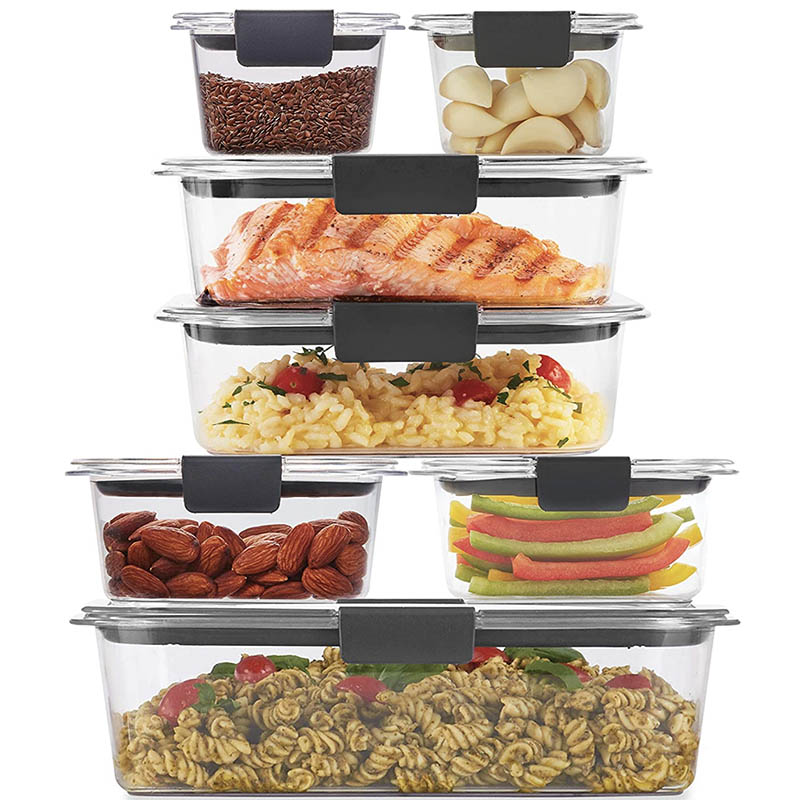
They come in different sets and I specifically got one that includes lots of 9 cup containers in it, to better match our big family.
Freeze Wisely
Never put anything in the freezer you don’t want to eat. Seriously. If you fall into the trap of “optimistic freezing,” your freezer will become scary and you won’t want to open it. If you truly aren’t going to eat something, cut your losses and toss it. If you DO have fruit going a little soft (smoothies of the future!) or you aren’t eating the black beans fast enough (chili next week!), by all means freeze them and be sure to label them.
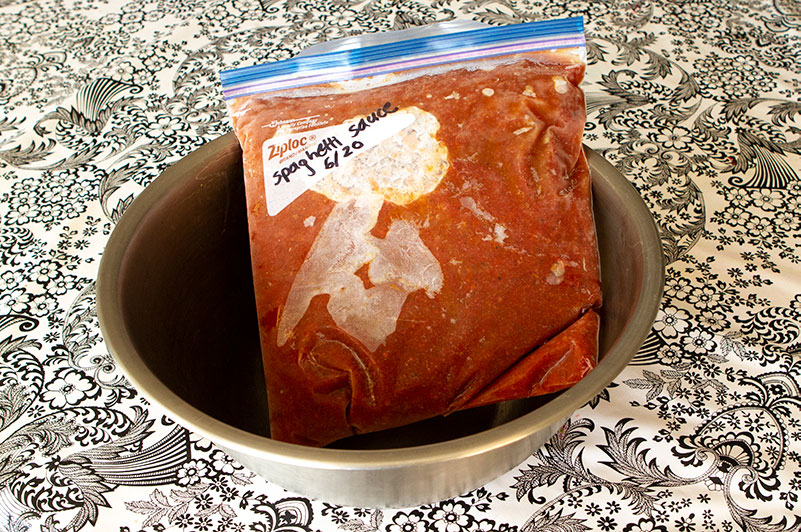
If your freezer has only good, clearly labeled foods in it, you’re far more likely to open it and use food from it.
#3 Organize your fridge & freezer
We have a dedicated spot in our fridge for leftovers to use up. (Spoiler alert: It’s not in the back!)
I glance there first when I’m planning a munchy lunchy or trying to decide whether I need to make a new dinner or we can eke out our leftovers.
In my experience, most wasted food at our house is food that made its way to the back of the refrigerator and got forgotten about. Having a designated space keeps that from happening (as often).
In the freezer, we have different areas for frozen veggies, frozen fruit, frozen breads, frozen nuts, and… you guessed it, frozen leftovers!
We also have a spot for “produce to use up” in the fridge and “ingredients to use up” in the freezer. When something is nearing the end of its life, I’ll stick it there and pull it into the next flexible dish I make, usually a stir fry, vegetable soup, curry, or tofu scramble.
#4 Make leftovers yummier
Be smart about how you use your leftovers. Here are some quick ideas to get you started:
- Fire up the oven or heat up a skillet. If you warm a burrito up in the microwave and then toast it in a skillet, it will taste miles better than just microwaving it alone. I love the microwave, but going the extra mile can make a big difference in the yum factor.
- Add guacamole. Or homemade tortilla chips. Or cornbread. Or a side of fresh fruit. If a certain dish is becoming a little tired, shake things up.
- If your brown rice is dry after being in the fridge, toss a couple of ice cubes on it when you warm it up in the microwave. It’s miraculous how quickly it’ll be moist and fluffy again.
- Steel-cut oatmeal is better leftover when you add water or plant-based milk to it, because it tends to absorb liquid as it waits in the refrigerator.
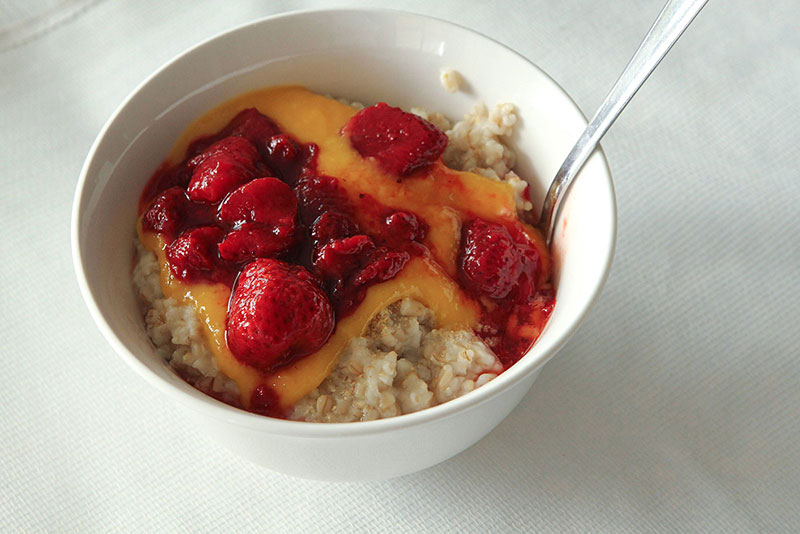
- When you make a big salad, don’t dress the whole thing. Dress half and serve it for dinner. Store the other half in the fridge separate so that you can dress it right before eating.
For this salad, I chop up romaine and keep it separate in the fridge, then I toss the whole thing together fresh when we eat the leftovers:
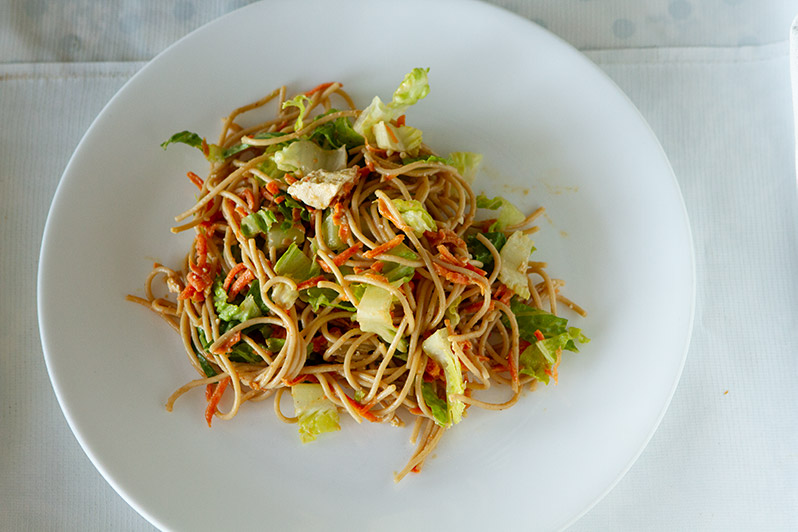
The exception is salads with a hardy green like kale. It can usually handle a few days of fridge time already dressed and massaged:
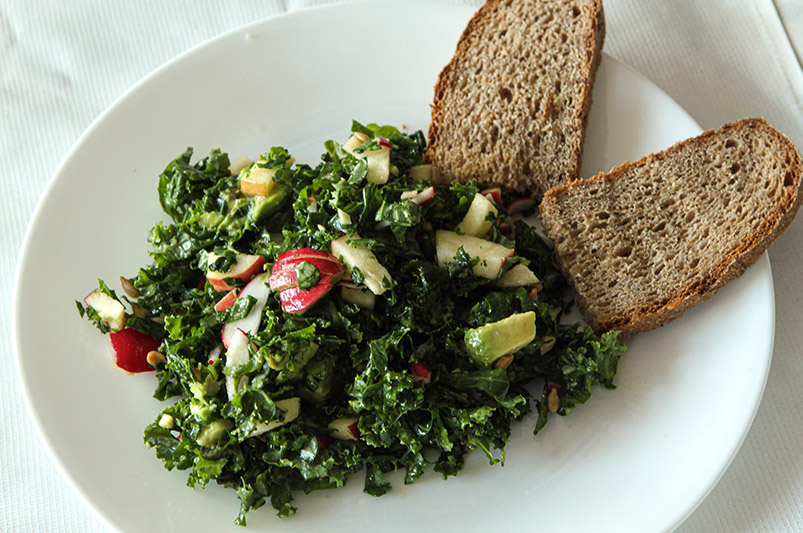
The same principle applies to anything with avocado on it. Don’t add it to the whole thing. Add it to half, keep that avocado in the fridge, and cut it up for the next night.
#5 Get Creative
Challenge yourself to use up (almost) everything perishable before hitting the grocery store again.
Maybe you’re out of bananas and leafy greens, and you’re itching to hit up the produce section, but you’ve got some potatoes, some broccoli and a few fresh tomatoes still at home. Curry!
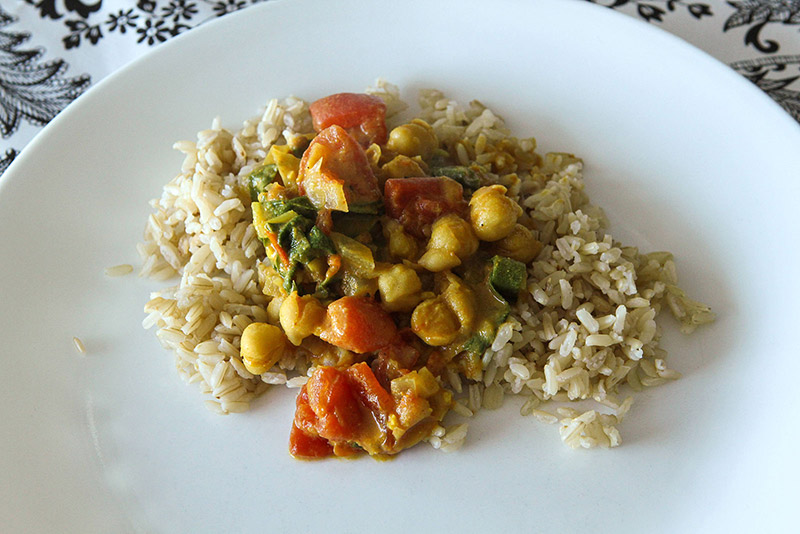
Use it all up, then hit the produce section. Or, you can plan a “catch all” meal for the day you go grocery shopping and round it out with what you buy. So you can go ahead and shop. Grab fresh cilantro to add to the top of your clean-the-refrigerator curry, and you’ll have a fresh slate when you unload those lovely groceries.
Throwing away food is like throwing away dollars, yes, but think about it the other way round.
You have lots of FREE food available in your fridge, freezer and pantry right now. Choosing to use up those odds and ends rather than letting them continue to age is like finding dollar bills everywhere and sticking them in your wallet.
